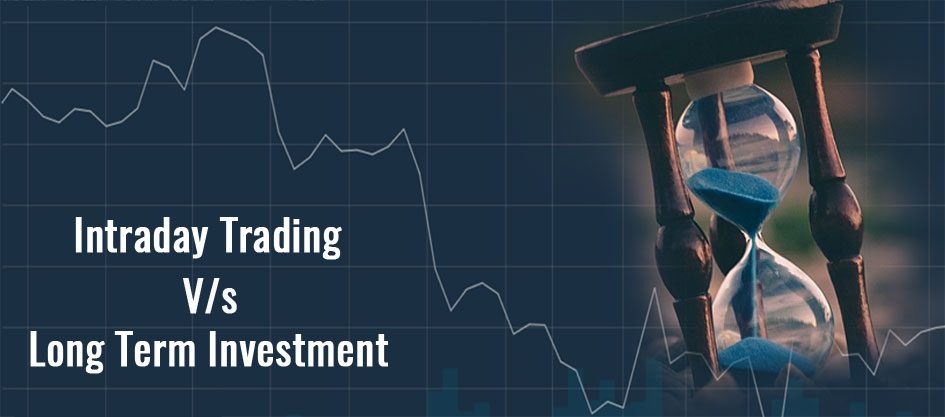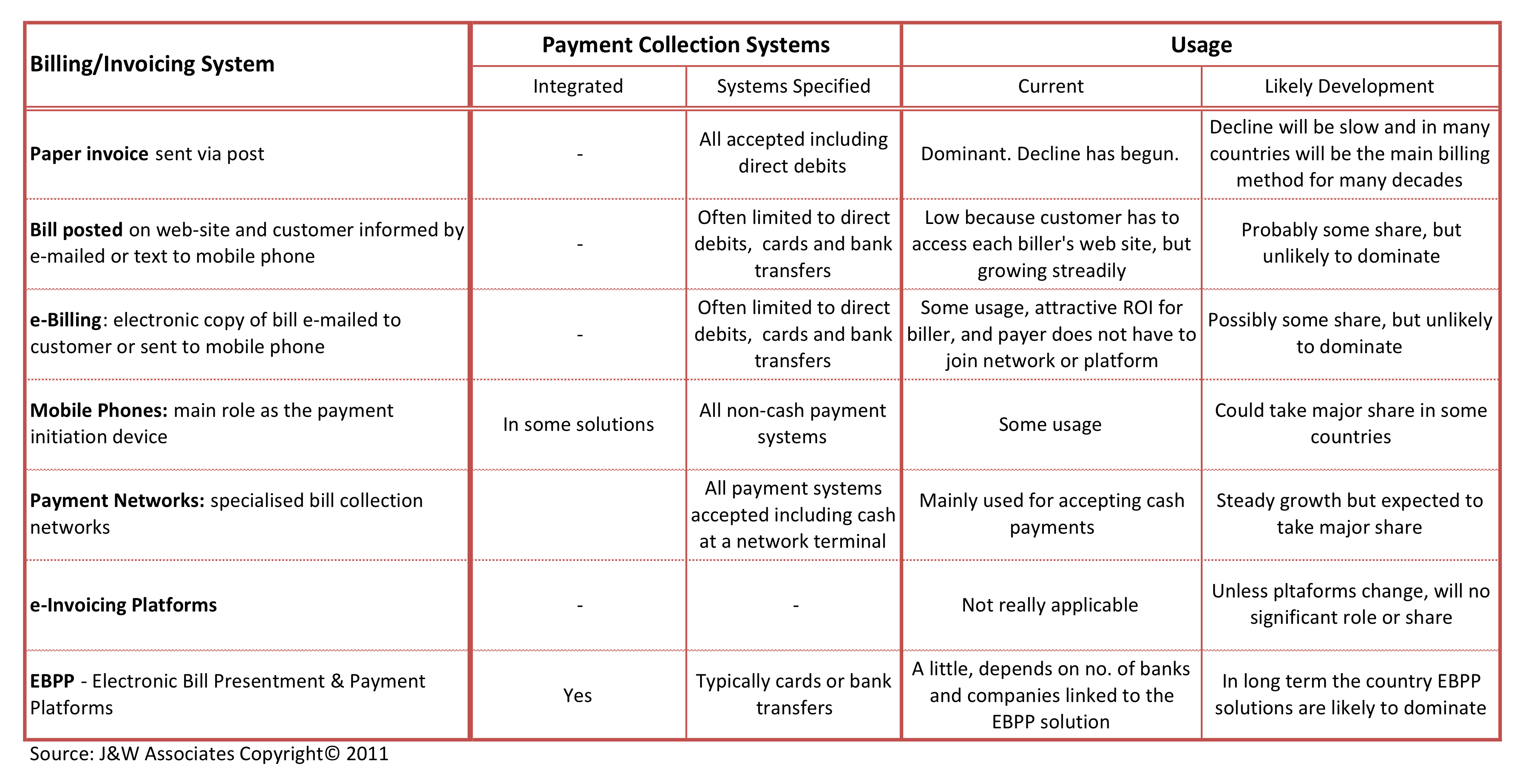
Dividend stocks are a great option if you're looking to invest. This stock pays regular dividends. The profits are paid out in cash. This stock is less volatile than most stocks and therefore can be a good option to invest in the stock exchange. How do you decide which dividend stock to purchase? It depends on many factors such as your goals, portfolio structure, expected yield, popularity, and other factors. If you want to be able to invest long-term, choosing the right dividend stocks is critical. It is important to choose dividend stocks that pay out regularly and show stable financial indicators. Because of their stable demand, dividend stocks in basic economic areas are often a good investment.
Cash is used to pay profits
Dividend stocks, which are publicly traded companies that pay a portion of their profits back to shareholders, are publically traded. Dividends provide regular income and can be a great way of generating a steady stream. Dividends are typically paid by companies that have consistently high profits and have committed to paying out dividends for many years. These dividends can make up a significant portion of your total return. You can receive these payments directly through a brokerage account or a retirement plan. These funds will deposit dividends automatically to your account.
The dividend payments from dividend stocks are tax-free and provide a steady stream of cash. The dividend money can be used to buy additional shares by many people who own dividend stock. This allows you to purchase more shares of stock without having to pay any commission fees.

On dividend stocks, commissions are paid
Dividend stocks are a great way to invest in a company that is making steady dividend payments. The payouts are tax-free and come in a regular flow. Dividend stocks have another advantage: investors can turn their dividends in to more shares through the dividend reinvestment strategy. This can be a useful tool for shareholders who are looking to expand their portfolios, but don't want to pay commissions.
Dividend stocks provide steady income for their shareholders and can be very profitable, especially when reinvested. Dividend stocks have a lot to offer long-term investors as well retirees. This is because dividend stocks are perceived as relatively low-risk investments. Companies that have adopted dividend plans are often required by law to manage their finances and to avoid high-risk investment projects.
They are generally less volatile than the markets
Buy dividend stocks to help you avoid market volatility. These stocks typically have a low beta, which is a better indicator of how volatile they will be. When looking for dividend stocks, look for stocks that yield at least 3%.
Dividend stocks trade more volatilely than the stock market because they are continuously paid by the company. This is due to the regular cash flows they provide. Because your shareholders don't get any money, you don't want the stock market to drive up the price.

They can be a great way of investing in the stock market
Dividend stocks can be a great way to invest in stock markets as they offer investors a steady stream income. These stocks can also be tax-deductible. Some also offer dividend plans that allow you convert dividends into additional shares. This is beneficial for shareholders who want more shares, without the need to pay a fee.
Always consider more factors than the current market prices when choosing a dividend stock. Pay attention to both the current market price and the history of dividend payments. To see what a company will likely pay, you can also monitor its forward dividends. Yahoo! also offers tools. Finance to track the performance of your chosen stocks.
FAQ
Is it possible to earn passive income without starting a business?
It is. Most people who have achieved success today were entrepreneurs. Many of them owned businesses before they became well-known.
You don't need to create a business in order to make passive income. You can instead create useful products and services that others find helpful.
For example, you could write articles about topics that interest you. You could even write books. You might also offer consulting services. The only requirement is that you must provide value to others.
How do I start investing and growing money?
Learn how to make smart investments. This will help you avoid losing all your hard earned savings.
Also, learn how to grow your own food. It's not difficult as you may think. You can easily grow enough vegetables to feed your family with the right tools.
You don't need much space either. It's important to get enough sun. You might also consider planting flowers around the house. They are very easy to care for, and they add beauty to any home.
You might also consider buying second-hand items, rather than brand new, if your goal is to save money. You will save money by buying used goods. They also last longer.
How do I wisely invest?
An investment plan should be a part of your daily life. It is crucial to understand what you are investing in and how much you will be making back from your investments.
It is important to consider both the risks and the timeframe in which you wish to accomplish this.
This will allow you to decide if an investment is right for your needs.
You should not change your investment strategy once you have made a decision.
It is best not to invest more than you can afford.
Statistics
- Over time, the index has returned about 10 percent annually. (bankrate.com)
- As a general rule of thumb, you want to aim to invest a total of 10% to 15% of your income each year for retirement — your employer match counts toward that goal. (nerdwallet.com)
- An important note to remember is that a bond may only net you a 3% return on your money over multiple years. (ruleoneinvesting.com)
- They charge a small fee for portfolio management, generally around 0.25% of your account balance. (nerdwallet.com)
External Links
How To
How to properly save money for retirement
Retirement planning is when you prepare your finances to live comfortably after you stop working. It's when you plan how much money you want to have saved up at retirement age (usually 65). It is also important to consider how much you will spend on retirement. This covers things such as hobbies and healthcare costs.
You don't have to do everything yourself. Financial experts can help you determine the best savings strategy for you. They'll assess your current situation, goals, as well any special circumstances that might affect your ability reach these goals.
There are two types of retirement plans. Traditional and Roth. Roth plans allow you put aside post-tax money while traditional retirement plans use pretax funds. The choice depends on whether you prefer higher taxes now or lower taxes later.
Traditional retirement plans
A traditional IRA allows pretax income to be contributed to the plan. You can contribute if you're under 50 years of age until you reach 59 1/2. If you want to contribute, you can start taking out funds. Once you turn 70 1/2, you can no longer contribute to the account.
If you already have started saving, you may be eligible to receive a pension. These pensions vary depending on where you work. Many employers offer matching programs where employees contribute dollar for dollar. Some employers offer defined benefit plans, which guarantee a set amount of monthly payments.
Roth Retirement Plans
Roth IRAs allow you to pay taxes before depositing money. When you reach retirement age, you are able to withdraw earnings tax-free. However, there are limitations. For medical expenses, you can not take withdrawals.
Another type of retirement plan is called a 401(k) plan. These benefits may be available through payroll deductions. Employees typically get extra benefits such as employer match programs.
401(k), plans
Most employers offer 401k plan options. With them, you put money into an account that's managed by your company. Your employer will automatically contribute a percentage of each paycheck.
You decide how the money is distributed after retirement. The money will grow over time. Many people choose to take their entire balance at one time. Others may spread their distributions over their life.
Other Types Of Savings Accounts
Some companies offer additional types of savings accounts. At TD Ameritrade, you can open a ShareBuilder Account. You can use this account to invest in stocks and ETFs as well as mutual funds. Plus, you can earn interest on all balances.
Ally Bank can open a MySavings Account. Through this account, you can deposit cash, checks, debit cards, and credit cards. Then, you can transfer money between different accounts or add money from outside sources.
What next?
Once you are clear about which type of savings plan you prefer, it is time to start investing. Find a reputable investment company first. Ask family and friends about their experiences with the firms they recommend. Online reviews can provide information about companies.
Next, figure out how much money to save. This is the step that determines your net worth. Net worth includes assets like your home, investments, and retirement accounts. It also includes liabilities such debts owed as lenders.
Once you have a rough idea of your net worth, multiply it by 25. That is the amount that you need to save every single month to reach your goal.
You will need $4,000 to retire when your net worth is $100,000.